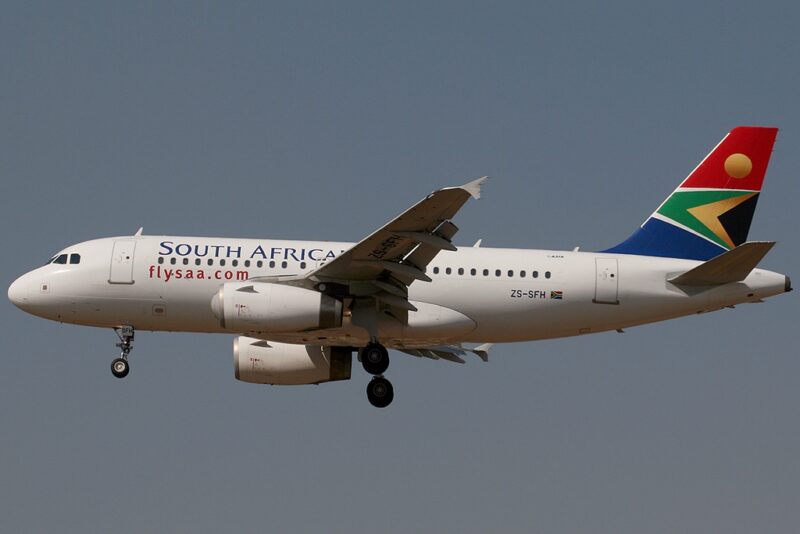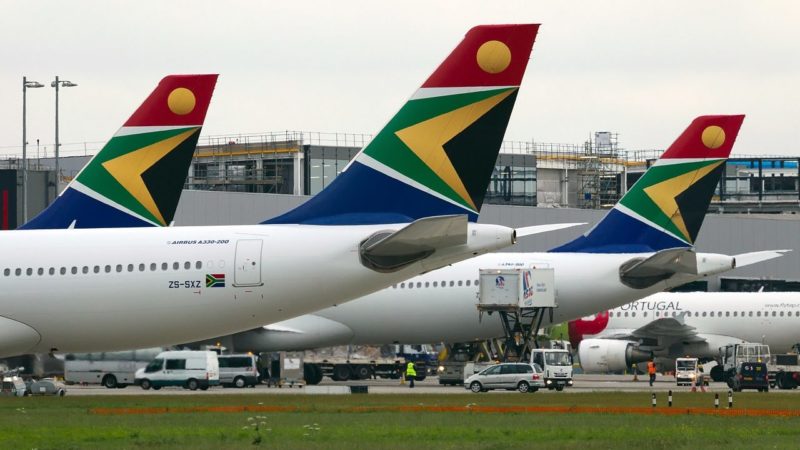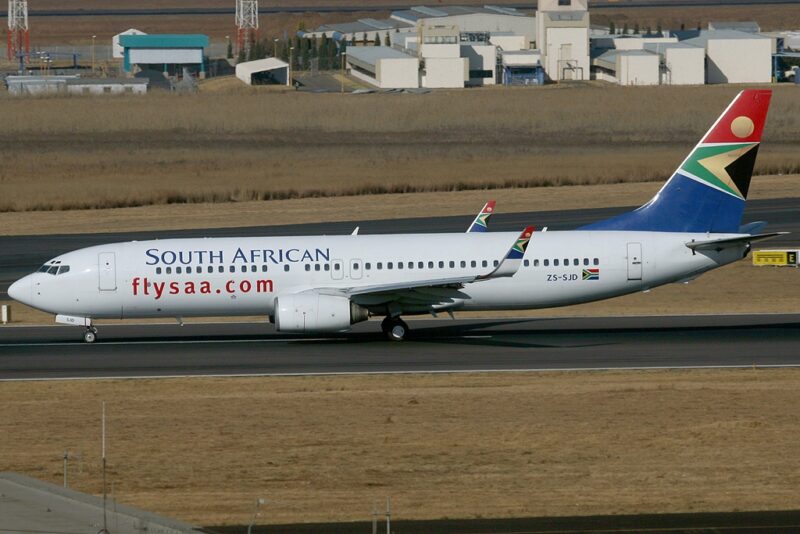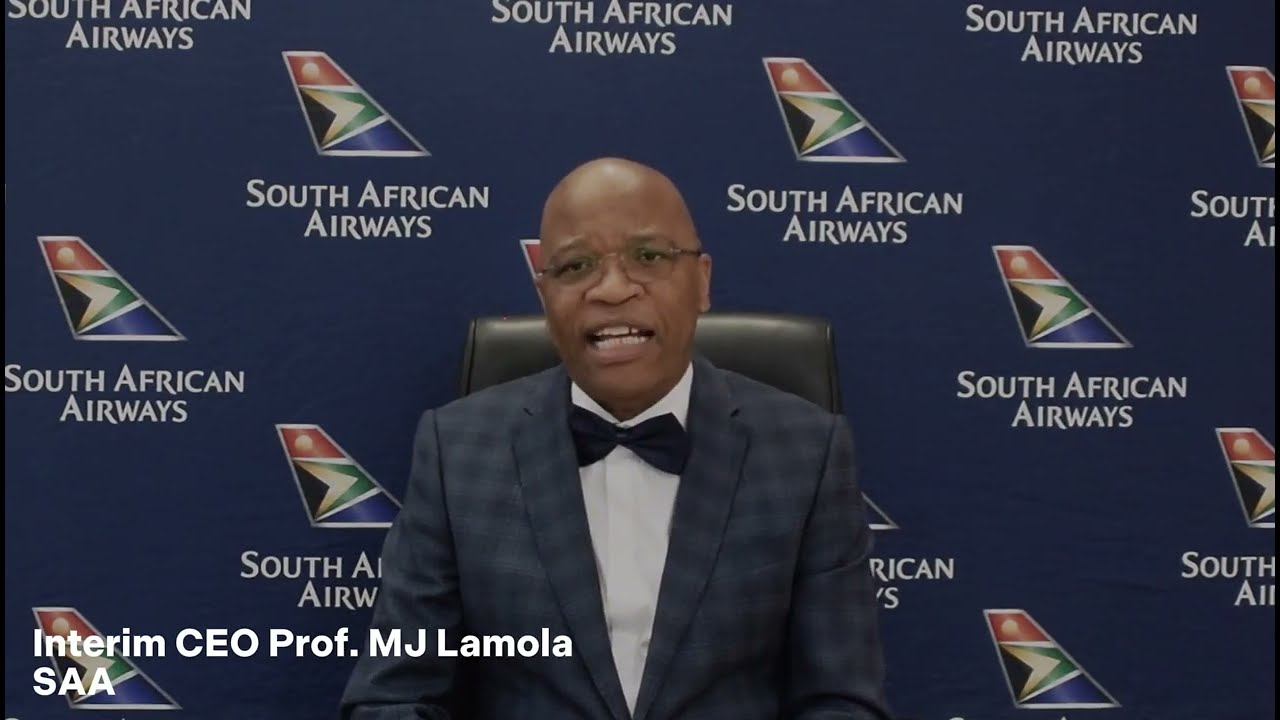Once a leading carrier on the African continent, South African Airways (SAA) had financial and operational challenges for years and entered business rescue in 2019 following to closing of all international routes at the start of the COVID-19 pandemic. In June 2021, the South African government relinquished its controlling stake in the airline.
I had the opportunity to talk with SAA Interim CEO John Lamola in Johannesburg recently to get more details about the airline's possibilities. Lamola explained, that he is confident, to develop the airline further step by step.
Recent Update
Since May 2021, SAA has been working on a growth plan. “In our five-year plan (2021-2025), SAA must survive without additional capital from private investors“, he explains.
"The brand SAA itself is still strong. A lot has been invested in SAA, not to just let it collapse again. We are a debt-free airline, with a green balance sheet. It is an emotional patriotic commitment. This creates also a lot of pressure on SAA. The expectations in us are way beyond what an airline can have“.
SAA Interim CEO John Lamola
Once the largest airline in Africa and serving all five continents, Star Alliance member SAA will celebrate its 90th anniversary this year. Lamola also outlines the time beyond. For example, developing a very long-term fleet strategy beyond the five-year plan. “In this fleet strategy, we are doing resurge and we are currently busy with Embraer, Airbus, and Boeing“, the interim CEO said.
SAA is doing a study on particular expanding the network to Europe. “For instance, London requires two, but good widebody aircraft. The same for Frankfurt and we compared the 787-9 or the A350“, he said. Both aircraft types would have no significant payload penalty from Johannesburg International Airport.
”Regional, Embraer, we are not so sure on that. But we are listening to them. But we are looking also at the A321 where we are in discussions. By the end of 2025, SAA expects to have 14 A320s“, he said. The growing A320 fleet is to be used for more African destinations. Until the end of the financial year by March 31, 2025, SAA should operate at least a fleet of 21 aircraft by the first quarter of 2025.

Wide Body Aircraft is Back
SAA's first long-haul destination has been Sao Paolo and the next route will be SAA´s comeback in Australia with Perth starting from April 28 this year.
“These routes we can do with only two wide-body aircraft. But we always need one widebody as backup aircraft“, he said. It is clear, SAA wants to intensify the current long-haul network. The future fleet idea should be a fleet mix of 50/50. “Half of our fleet represent wide-body, even if we have our financial year 2028/29 to fly 38 aircraft, at this time we like to have a 50/50 share“, Lamola said.
In doing so, SAA will differentiate itself from its competitors. “We are long haul wide-body. We can reach those markets, we have the history, we have access, which they cannot“. He is also confident that be able to finance these aircraft because the capital market believes in SAA. “The lessors believe in SAA. We are now flying all aircraft on lease. And all those aircraft lessors are like bankers. They do para-check of our creditworthiness and so on“, Lamola outlined. "SAA was fortunate that it discovered on the market two additional A330s, to join its current two A330s and the backup aircraft, its A340-300," he said.
“For me, the kind of critical size of the fleet for SAA to have a good position in the future, is a minimum of 40 aircraft, further on to 50 to have a strong presence in the international business. It is a question of scale and to defend our market share“, he said.
But one of SAA´s main challenges is the human capital, getting the right cockpit crews, engineers, and pilots.
"As the market boomed in the Middle East, they are sucking all the personnel. They are strong competitors, growing, they offering them packages and we are battling to keep our people in South Africa. But we want also to internationalize our SAA staff, we need people from other countries“,
SAA Interim CEO John Lamola

SunExpress Wet Leases
To be able to grow now, SAA is committing that it is going to take at least four SunExpress Boeing 737-800 on damp lease (in the next calendar year) from the current two strategically. A damp lease is when an airline leases the aircraft only with Cockpit Crew.
Both airlines, SAA and SunExpress have opposite peak demand seasons. “We are currently operating 11 aircraft (including two SunExpress 737s). Our cooperation with SunExpress will become a multi-year relationship“, he said.
SunExpress, a joint venture between Lufthansa and Turkish Airlines, says it has offered to lease up to 10 aircraft to SAA as it grows its own 737 fleet. SunExpress currently operates 66 aircraft. CEO Max Kownatzki explained to CEO Talks in Johannesburg, that the airline plans to grow to up to 166 aircraft by 2035. But operating mainly as a leisure airline from Turkey, it is challenged with an increasing seasonality, needing more aircraft in the European summer high season, and less in the winter. And as its fleet grows further, up to 30 aircraft could be made available to lease out to other airlines during the off-season in the coming years to optimize the productivity of its fleet, Kownatzki explained.





